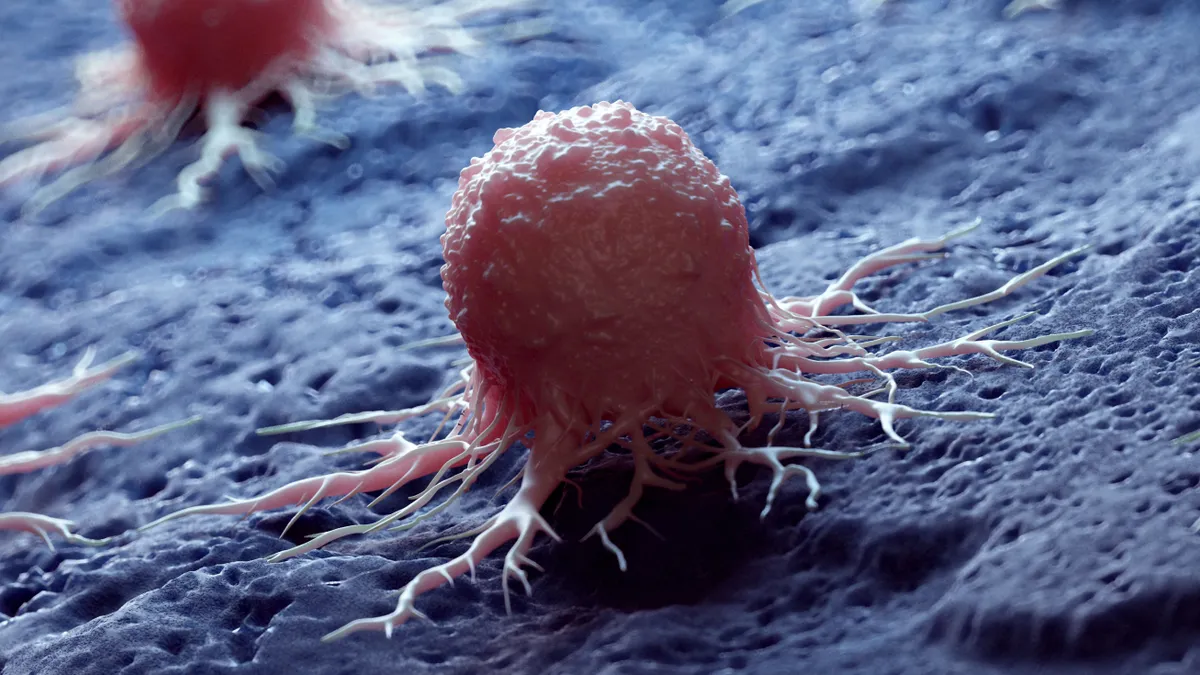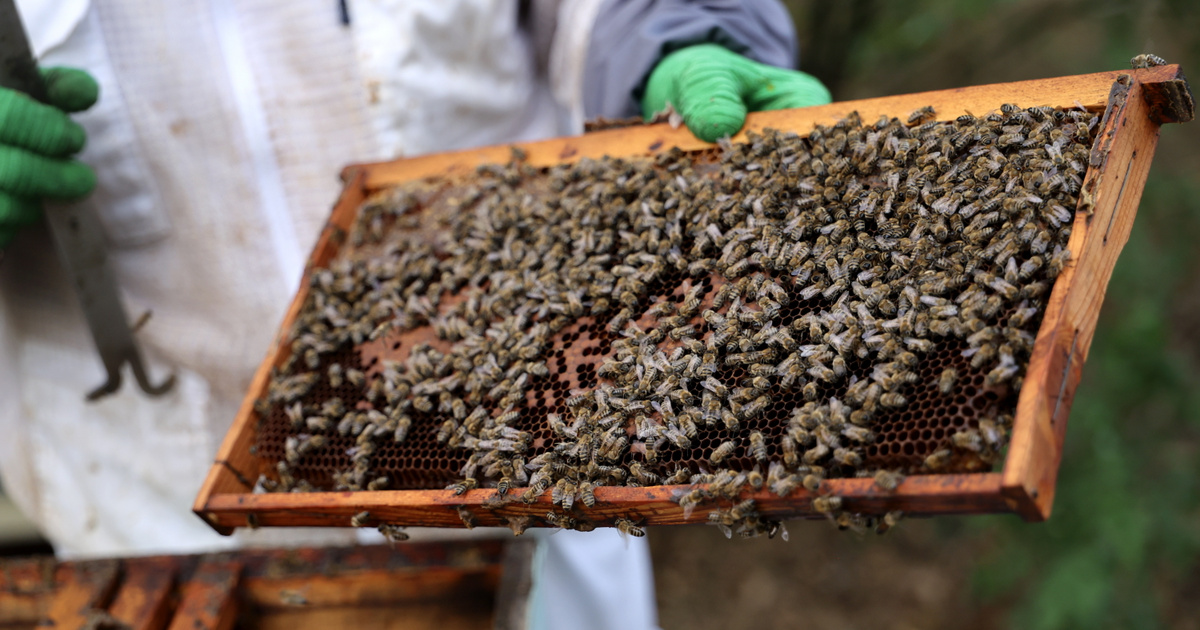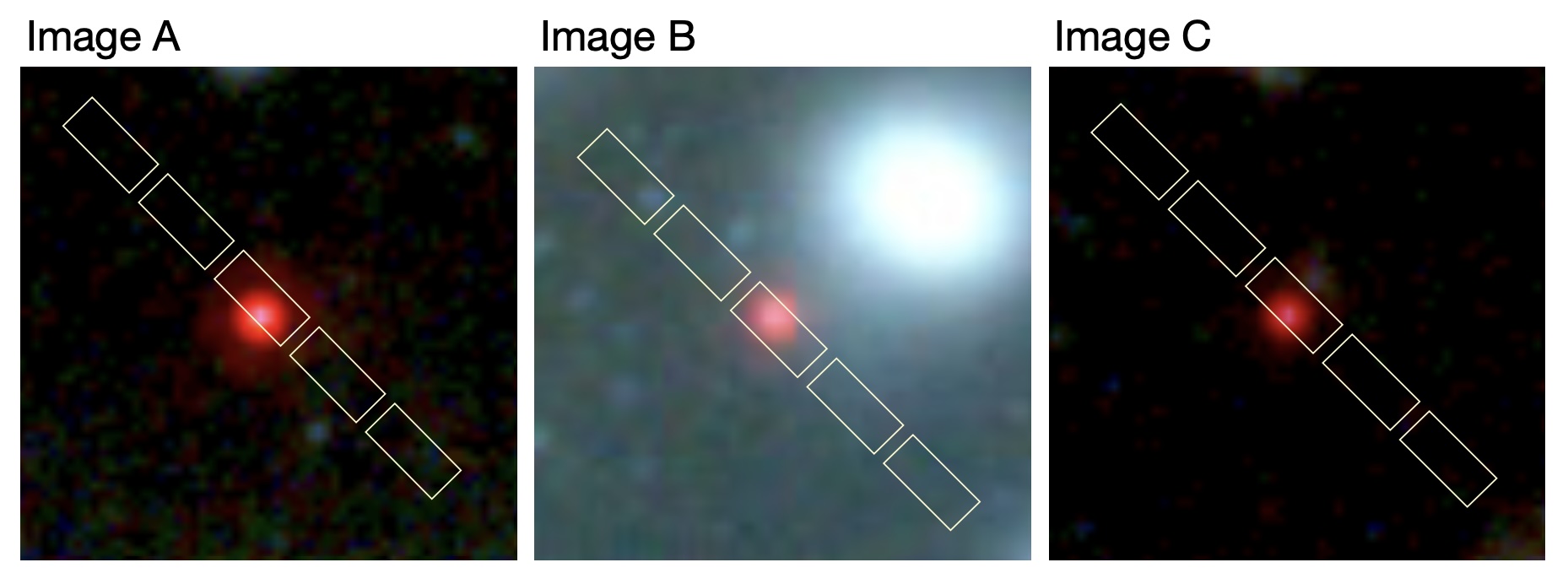Early in the work of the James Webb Space Telescope (JWST), three strongly red objects were detected using gravitational lensing. Red quasars can be seen in the direction of the galaxy cluster Abell 2744. Through further spectroscopic analysis of the quasars, Lucas J. Furtak (Department of Physics, Ben-Gurion University of the Negev, Be'er Sheva, Israel) and his co-authors (including Akos Bogdan, of the Harvard-Smithsonian Center for Astrophysics) discovered that the three images of the quasar belonged to the same celestial body, from the early universe. The study was published in issue 628 of Nature magazine last April.
The Abell 2744 galaxy cluster, known as the Pandora Cluster, is located in the Sopraz constellation, 4 billion light-years away from the Milky Way, but much closer than the quasar examined, as seen by the James Webb Space Telescope. (webtelescope.org).
Based on a redshift of 7, the black hole, which is extraordinarily massive compared to a physical galaxy, is seen in an era when the universe was “only” 760 million years old, so its light is approx. It took 13 billion years to travel to the James Webb Space Telescope. By analyzing the H-beta spectral line belonging to the Balmer series of hydrogen, the researchers inferred a central object with a mass of 40 million solar masses, which could be an example of a “missing link” between a black hole's “seed” and its actual existence. Development of supermassive black holes. This represents 3% of the galaxy's total mass, which is larger than the typical percentage observed in the nearby universe.

Further analysis also showed that the quasar lacks metals, which also indicates that it is one of the first galaxies in the early universe.
The quasar Abell 2744-QSO1 (the superluminous mass-eating black hole), observed through the lens of the galaxy cluster Abell 2744, has been identified by the near-infrared camera of the James Webb Space Telescope. The cluster of galaxies among us has allowed the light from the very faint celestial body to reach us, being focused and tripling its image (in some cases it was also localized in three separate places).

The celestial object was previously of little interest and was discovered as a faint, highly redshifted source in the ultraviolet.
Its accretion rate must be 0.1 solar masses per year to maintain such luminosity, which is 30% of the Eddington limit. If the body reaches this point, it means the disc disintegrates.
A2744-QSO1's unusually large mass relative to its host galaxy challenges our current models for the early evolution of supermassive black holes. At the same time, it can also shed light on how the dark matter and compact pressure of the first generations of stars contributed to such an astonishing increase in the mass of the central celestial body. Studying at a longer wavelength would allow a more precise determination of the galaxy's mass, which would show that theories may need to be modified, so that this interpretation could provide insight into the details of the evolution of the early universe.
Authors of the article “The art of scientific communication” C. A group of ELTE course students: Gábor Balázs, Krzysztof Banhalmy, Creosote Belian, Kornel Császár, Erik Gasteiger, Agoston Horty-David, Peter Horvath, Marcel Kovacs, Nandor Korodi, Marek Sebestyen, Claudio Burbaczy, and Matej Pszotta.
comment






















![Because of the relative Remaster, you get a lot of fun playing! [VIDEO] Because of the relative Remaster, you get a lot of fun playing! [VIDEO]](https://thegeek.hu/wp-content/uploads/sites/2/2023/11/thegeek-post-trauma-2023.jpg)





















